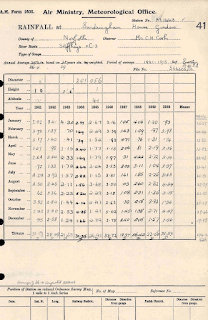Since 2004, when two relationship coaches founded a
Cuddle Party in New York, professional cuddlers and cuddling organizations have
been doing good business. Cuddle parties also known as cuddle puddles or
snuggle parties have girls and guys cuddling together for extended times. Usually
written consent is essential before a session starts. Everyone must be fully
clothed. No sexual touching is allowed. (There are other parties and clubs for
that).
Cuddling allows our bodies to release a hormone called
oxytocin. That in turn helps reduce blood pressure. In the absence of physical contact,
people may experience loneliness, depression, anxiety disorders and stress.
Social distancing is the enemy of cuddling. Lockdowns
have presumably locked down the oxytocin within us, raising our blood pressure.
Cuddle parties have stopped. Now professional cuddlers are trying to arrange virtual cuddling sessions. Cuddle Sanctuary will run a virtual
cuddling workshop on 30 July. Its certified professional cuddlers normally
charge $80- $100 per hour for one-on-one cuddle sessions. Now they are training
their clients to simulate an embrace on Zoom. Franzblau, Cuddle Sanctuary’s
founder, asks clients to lie on their side with one arm stretched under their
head and the other near torso. In that position, clients are requested to
recall a pleasant cuddle from the past. Some cuddlers are suggesting an eye-to-eye
contact on the screen. If done deeply, the eye cuddle may create an emotional
togetherness to a level where oxytocin is released.
The benefits of virtual cuddling are unknown, but Cuddle up to me, Cuddlist, Lovedome, Cuddleparty are trying to make the most
by charging clients in these pandemic times.
*****
In Israel, the Apollonia national park has advised
people to cuddle trees. Trees after all are living organisms. The park now arranges
daily tours for tree-huggers, giving the word a new positive meaning.
*****
A group of psychotherapists conducted a study in June
to find out whether sleeping in a cuddled state has any benefits. They took a
dozen couples, and asked them to sleep together for a few nights, and alone for
a few. Both times, through attached censors, they were subjected to
polysomnography. The study found that co-sleeping allowed 10% more REM (rapid
eye movement) sleep. REM is the part of our sleep where we dream. Sharing a bed
improves sleep for both partners, according to the study.
My one concern with the study is that all selected
couples were in an age group 18-29. What happens to older couples? I remember
reading somewhere that in Buckingham palace nobody shares a bed. They visit the
room of their spouse when required, but return to their own room to sleep. I
wonder if Prince Charles has any problems with his REM sleep.
*****
One practical and useful invention of the pandemic is
the Cuddle Curtains. They are
essentially plastic sheets with armholes. Usually made from shower curtains, the
lockdown-friendly cuddle curtains are fast gaining popularity in Europe. Particularly
in nursing homes. A British plasterer Anthony Cauvin uploaded a clip showing
him hugging his grandmother on Youtube. A
social media sensation, the touching video got more than eleven million views
in the first week.
Ravi









